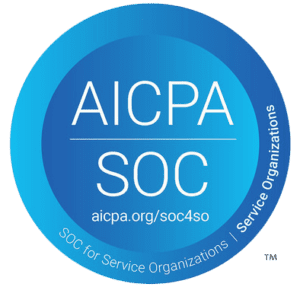In today’s world of fast-paced innovation, it’s crucial to stay up to date on new technology.
Savvy advisor firms use technology to streamline business operations, increase efficiency, and improve customer satisfaction. In fact, a CCH survey of accounting firms discovered that those who adopt technologies the fastest generate higher revenue and profits than other firms.
However, successfully adopting new technology can be time-consuming and challenging. Read on to discover three tips that will help you integrate new technology into your business—fast.
1. Clearly define integration steps with your vendor.
Your vendor probably advertised integration capabilities, mentioning the ability of their product to connect with your favorite third-party applications. But “integration” can mean a lot of different things; there are multiple levels of integration.
For example, a vendor could be offering single sign-on capabilities, or the ability for your staff to sign into their product using the G Suite or a similar web app. This kind of simple integration saves employees a few steps during log-in.
Data sharing is a higher level of integration that allows applications to work from the same data. Sometimes this integration requires manual uploads, but with best-in-class integrations data sharing can be automated between apps.
Finally, cross-product integration is the top level of integration. In this case, apps work seamlessly together, often functioning within one another to help employees streamline, organize, and complete tasks.
Work with your vendor to determine which levels of integration they offer, the items or information they need from you to complete the integration process, and a timeline for the process.
2. Find out what sort of support is available.
Adopting a new technology consumes a lot of time and energy, especially tools with complex interfaces or ones that require significant configuration to get started. Luckily, most vendors offer support throughout the entire process. What that support looks like can vary widely across vendors though, and some may offer a range of options.
Before you begin the implementation (and ideally before you sign any contracts), make sure you ask the vendor questions like:
- Is there a dedicated team to guide you through the implementation process?
- Do they offer online and/or in-person training?
- Are there any support videos or materials to watch pre-implementation?
- Is there a regularly staffed chat system or email for you to contact?
- What costs are associated with onboarding? Do these costs extend to ongoing support?
With a team of experts guiding your technology adoption, the process will be far quicker.
3. Ensure buy-in to your technology.
As with any new strategy, if your team doesn’t buy into it, it is likely to fail. However, if employees are both familiar with the new technology and eager to implement it, your practice will have a quick adoption. Here are some ways to encourage their participation:
Review the most impressive benefits that will come from the technology. Host a short presentation or meeting that reviews the high-level business goals that the technology will help achieve.
Assign someone to the role of advocate. Choose someone to serve as the face of the integration. If this person is an especially busy employee, ensure him or her that all the groundwork will be on your end—they just need to serve as an enthusiast, sparking passion for the product.
Switching to new technology doesn’t have to be a stressful process. To ensure quick and easy adoption, it’s important to communicate with your vendor, find out what resources are available, and make sure your business is prepared for—and excited about—the change.


